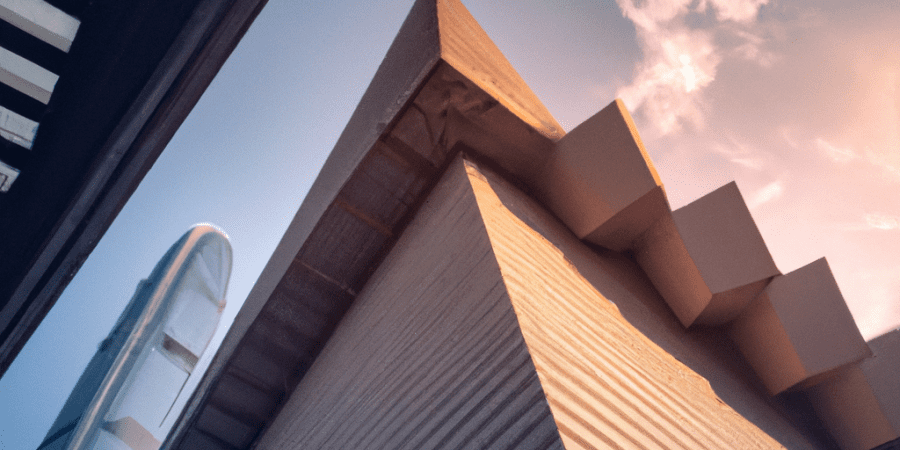Classical vs. Modern: Bridging the Gap between Tradition and Innovation
When it comes to art, music, and design, the clash between classical and modern styles has been a topic of debate for centuries. While some argue for the timeless beauty of classical traditions, others champion the innovation and progress brought forth by modern thinking. In this article, we will explore how these two seemingly opposing forces can be harmoniously merged to bridge the gap between tradition and innovation.
The Timeless Beauty of Classical Traditions
Classical art, music, and design have withstood the test of time, captivating generations with their elegance and grace. Leonardo da Vinci’s Mona Lisa, Beethoven’s symphonies, and ancient Greek architecture are just a few examples of classical masterpieces that continue to inspire and awe contemporary audiences.
Classical artistic traditions often carry a sense of permanence and enduring value. The attention to detail, craftsmanship, and adherence to longstanding aesthetic principles lend an air of sophistication and timelessness to classical works. There is a certain comfort and familiarity in the classical, a connection to our shared cultural heritage.
That being said, this doesn’t mean classical traditions should remain static or confined to the past. The challenge lies in finding ways to blend the best of classical techniques and values with the dynamism of the modern world.
The Spark of Innovation in the Modern World
Enter the modern, with its rapid pace, technological advancements, and boundless creativity. In recent centuries, society has witnessed remarkable progress and innovation in the fields of art, music, and design. Modern artists experiment with new mediums, embrace unconventional techniques, and challenge the status quo.
Art movements like Cubism, Abstract Expressionism, and Pop Art shattered traditional norms, pushing the boundaries of what was considered acceptable or beautiful. Musicians embraced electronic instruments and explored avant-garde compositions. Architects embraced new materials, designs, and ideologies, resulting in groundbreaking structures that redefine our built environment.
The modern world celebrates change, evolution, and the breaking of barriers. It demands innovation, challenging artists, musicians, and designers to push beyond the familiar and traditional.
Bridging the Gap: Embracing Both Tradition and Innovation
While classical traditions and modern innovation may seem contradictory, they don’t have to be mutually exclusive. In fact, they can complement each other in extraordinary ways, creating a bridge between the past and the present, tradition and innovation.
Instead of pitting classical and modern against each other, artists, musicians, and designers can find common ground by incorporating elements from both worlds. It’s about forging a connection between the timeless beauty of classical techniques and the bold experimentation of modern approaches.
For example, an architect can design a building that pays homage to classical proportions and symmetries while incorporating sustainable materials and cutting-edge technology. A musician can compose a piece that blends classical harmonies with modern electronic sounds. An artist can combine traditional painting techniques with digital elements.
This fusion of classical and modern creates a rich tapestry of artistic expression, honoring tradition while embracing innovation. It acknowledges the value of both perspectives and allows for new and exciting possibilities to emerge.
The Importance of Adaptation and Evolution
As society continues to evolve, so do our artistic, musical, and design preferences. It’s crucial to recognize that traditions are not set in stone but are open to interpretation and adaptation. Classical traditions can be reimagined and revitalized through the lens of modern innovation, creating something fresh and relevant.
By bridging the gap between classical and modern, artists, musicians, and designers can effectively communicate with audiences from different generations. The combination of tradition and innovation fosters appreciation and understanding across various artistic tastes and preferences.
So, let us embrace the best of both worlds, honoring the classical legacy while embracing the ever-changing landscape of the modern. By bridging the gap between tradition and innovation, we can create a vibrant, inclusive, and dynamic artistic realm.
Now, if you’re curious to delve deeper into this fascinating topic, I highly recommend checking out this engaging YouTube video:
